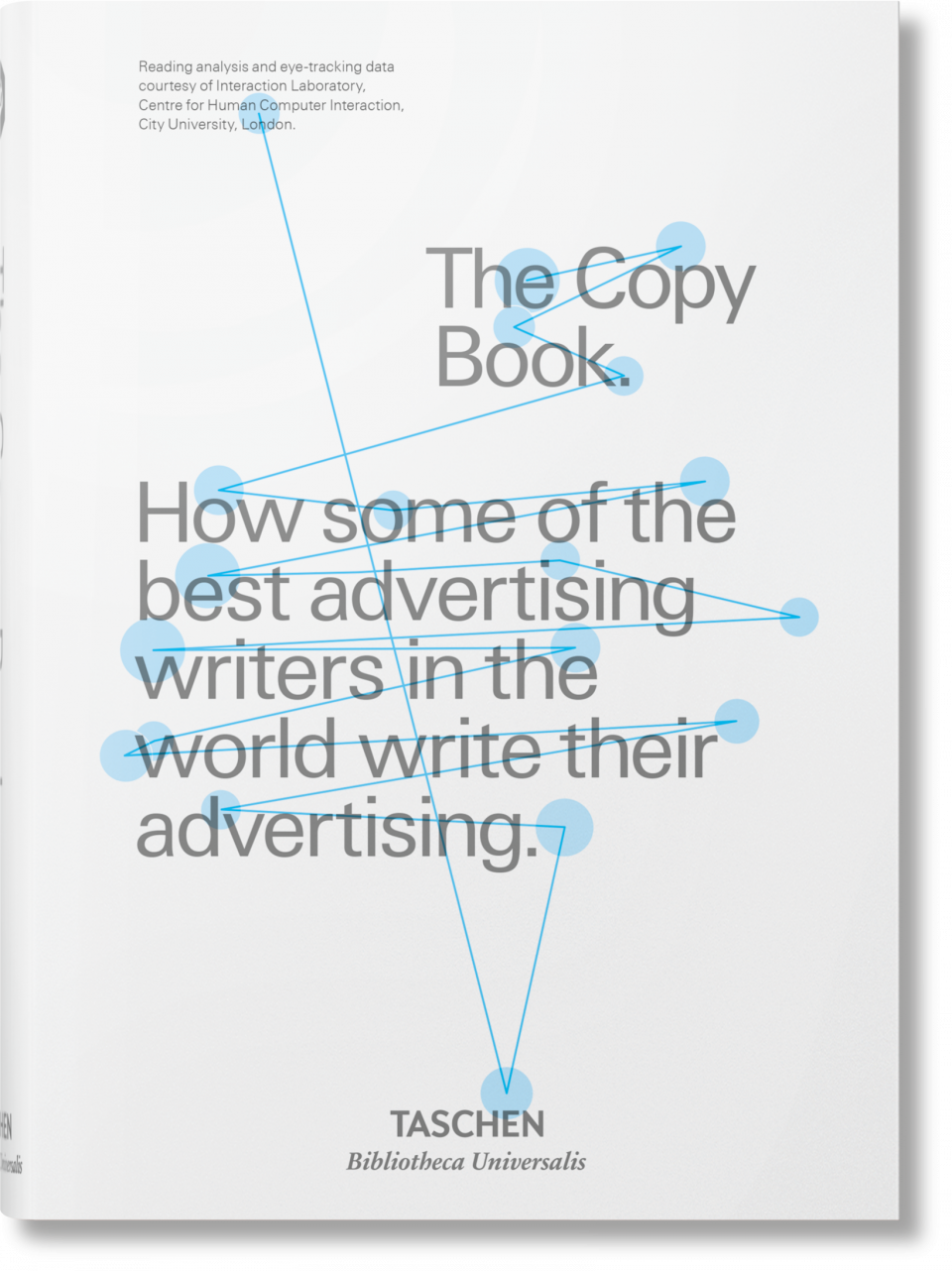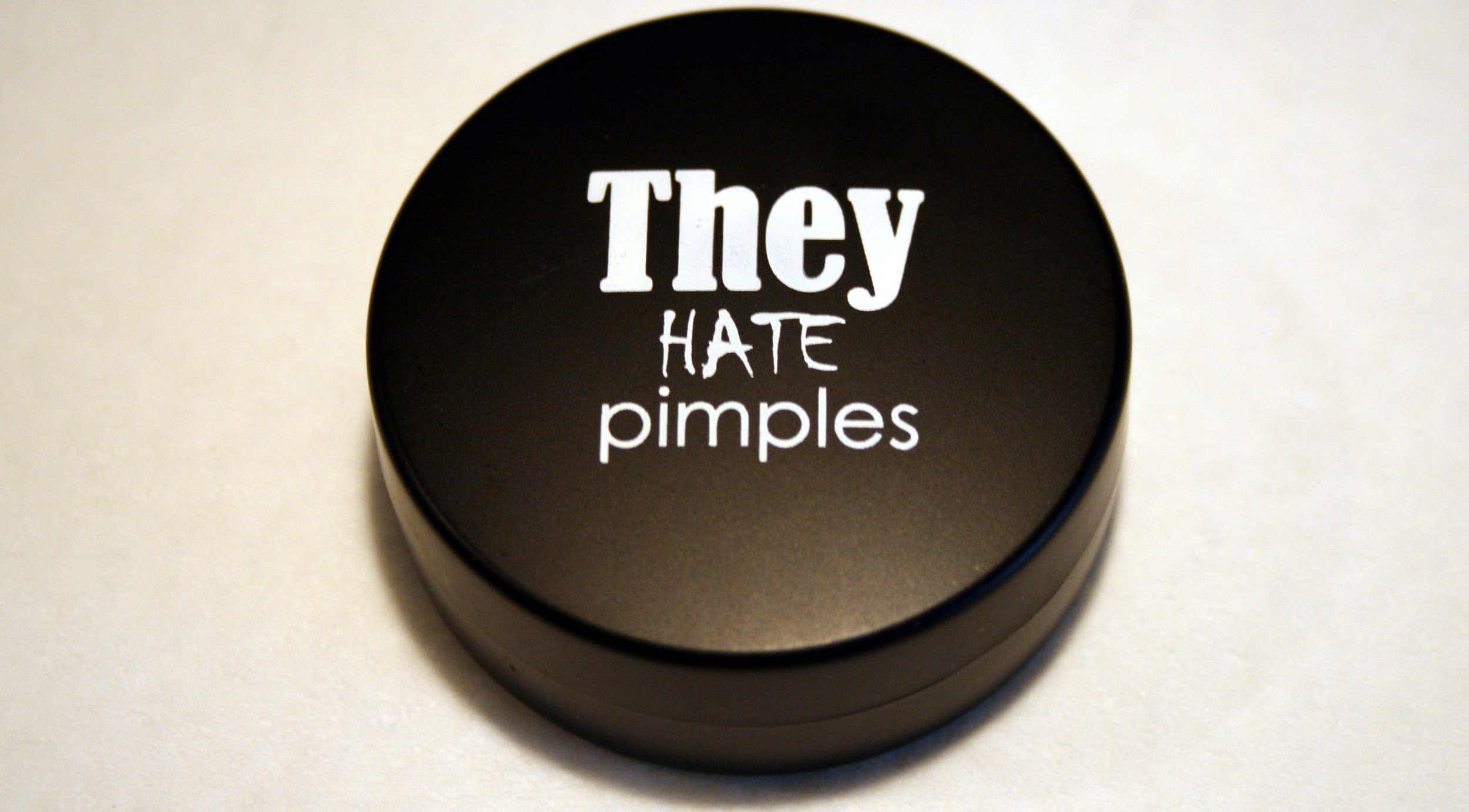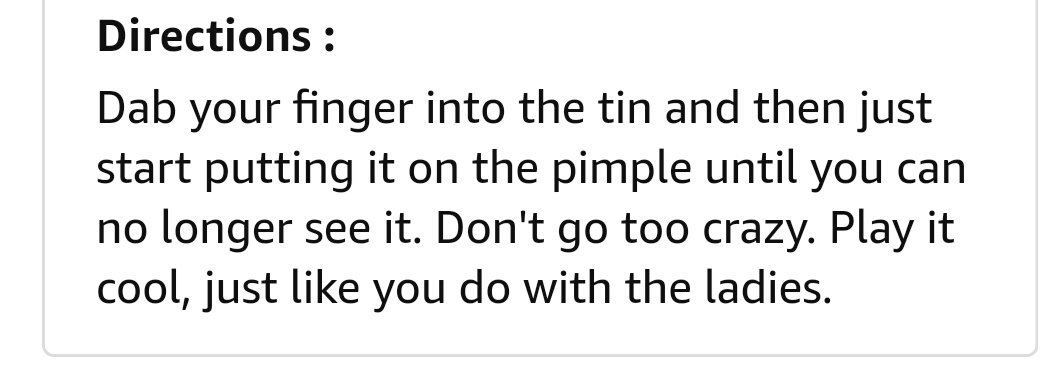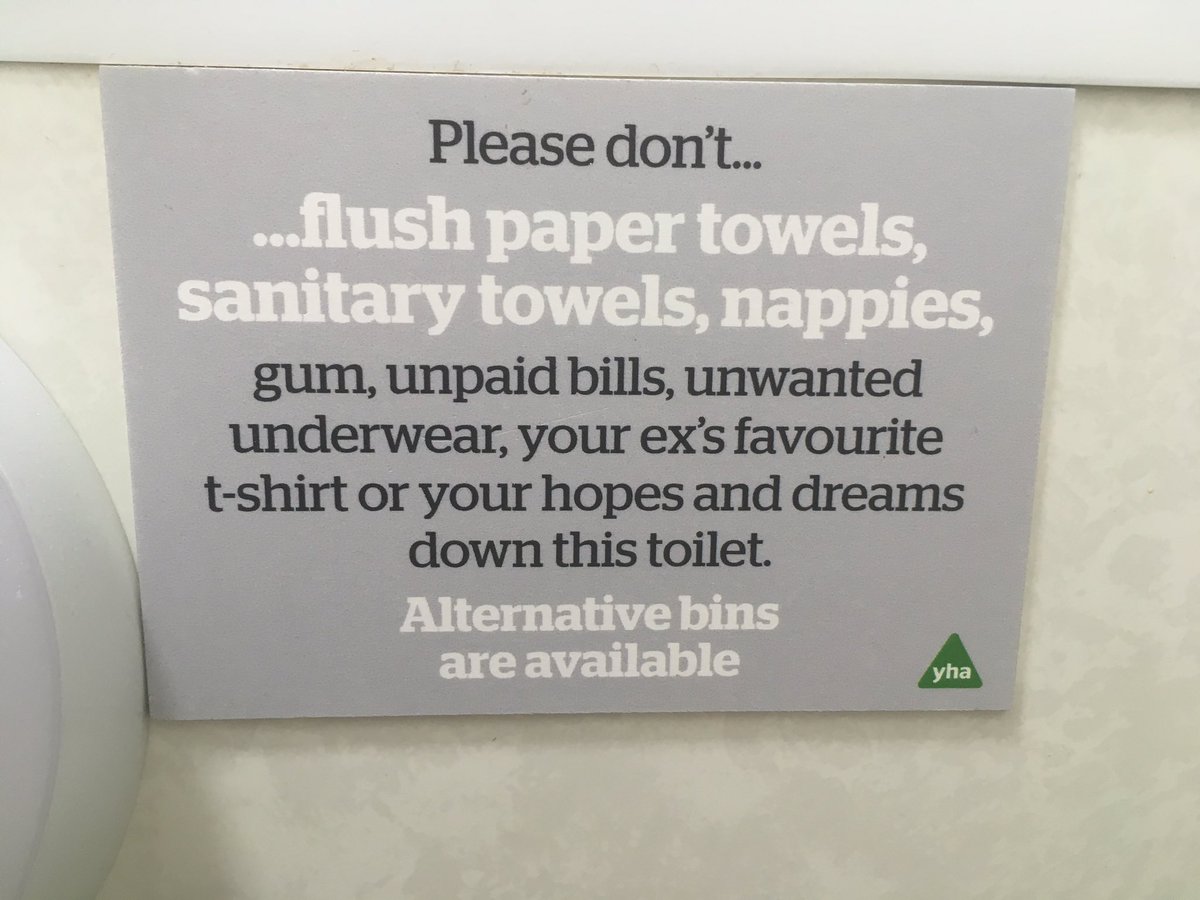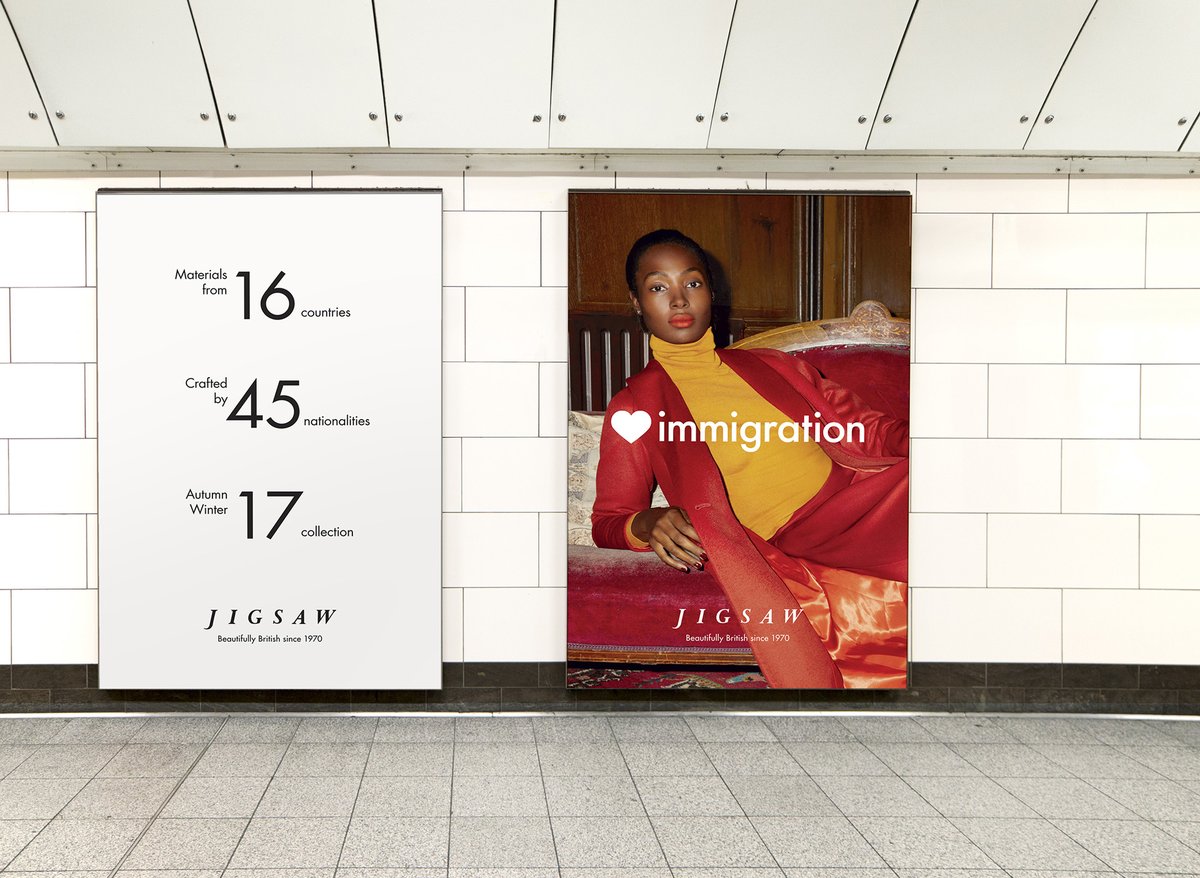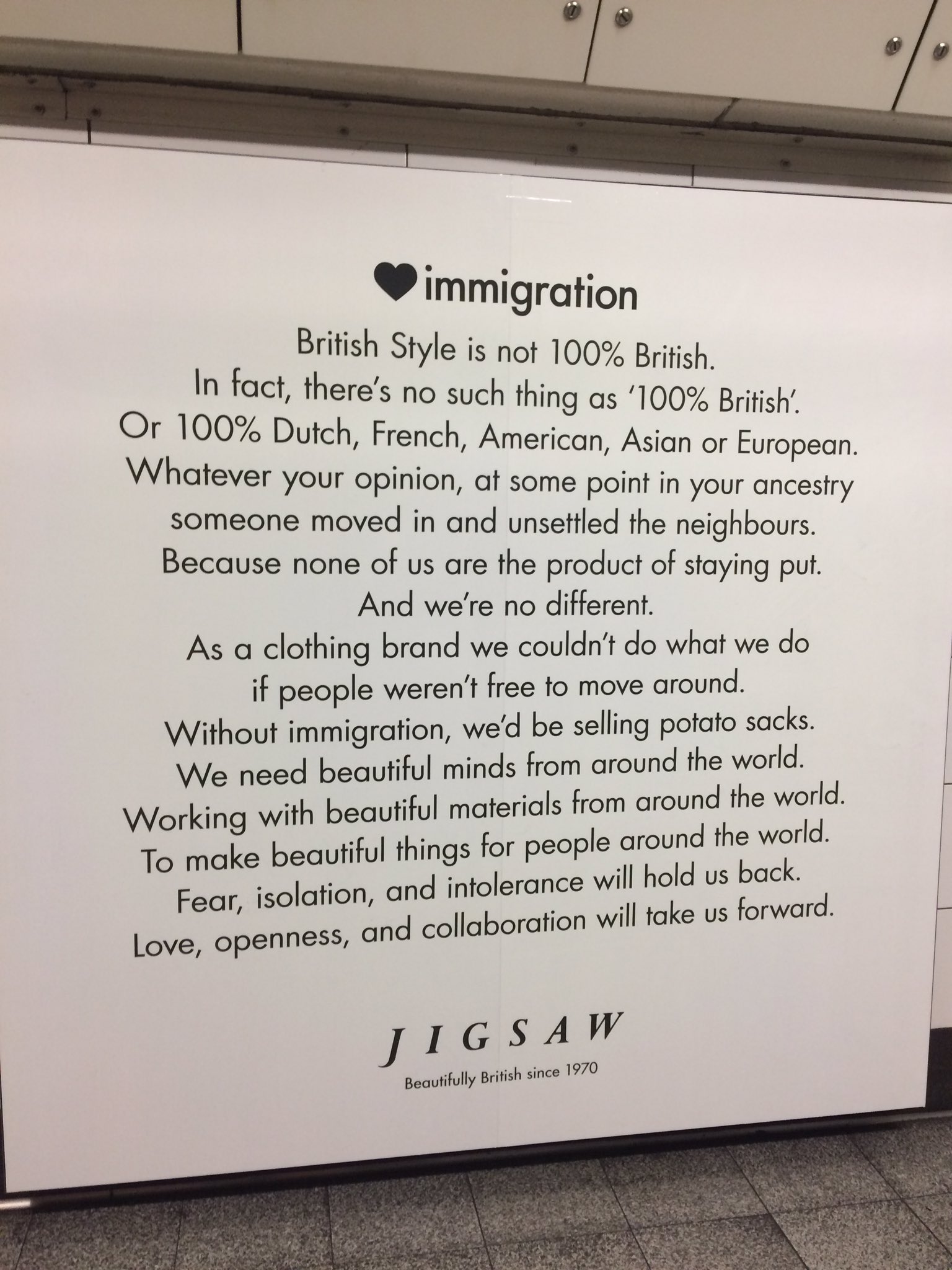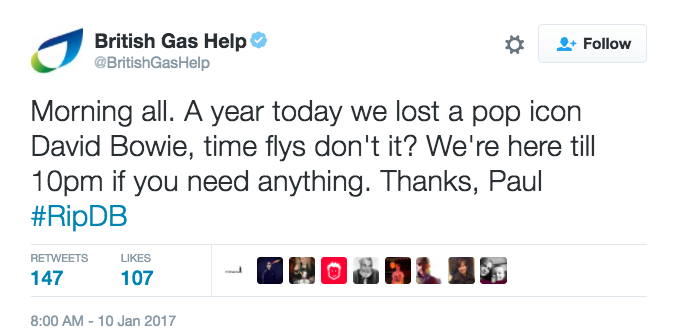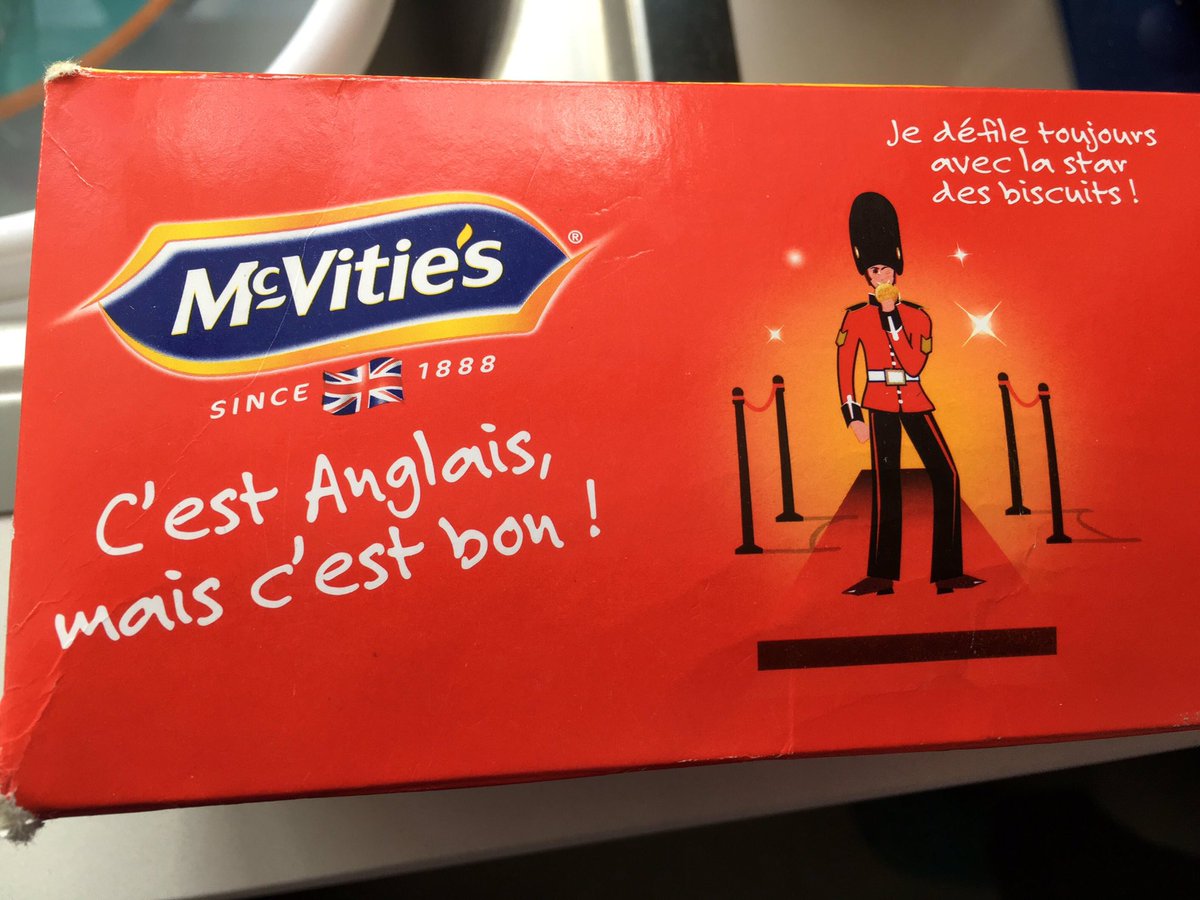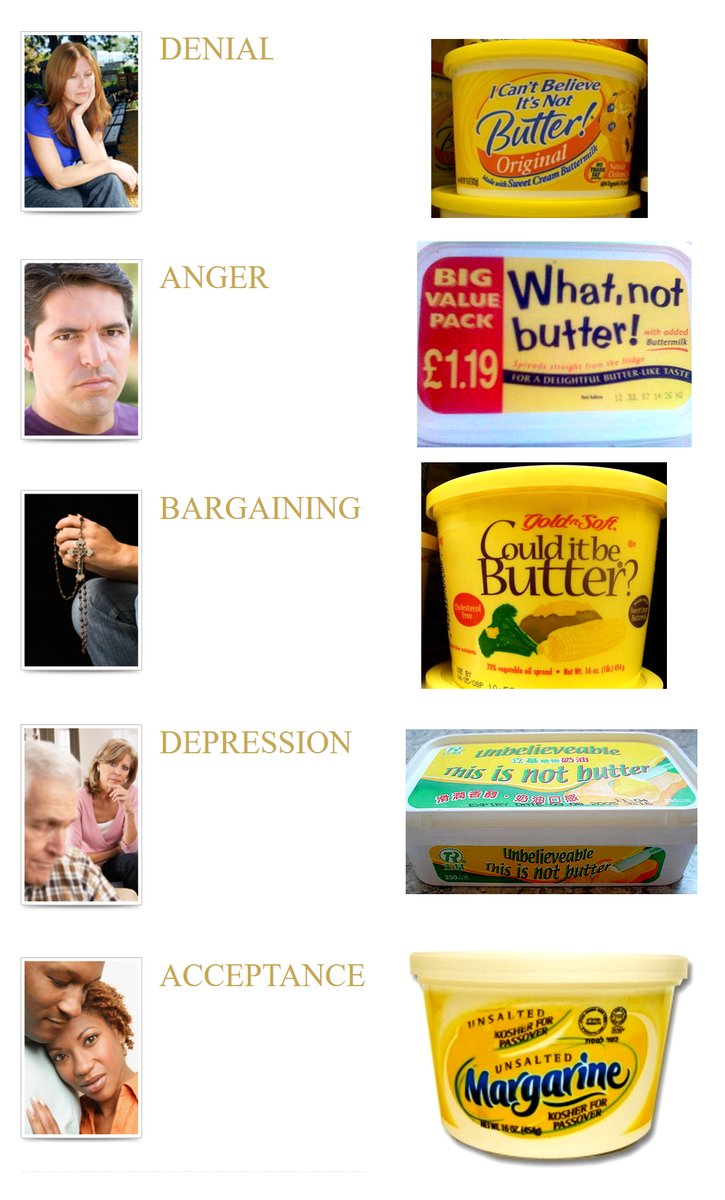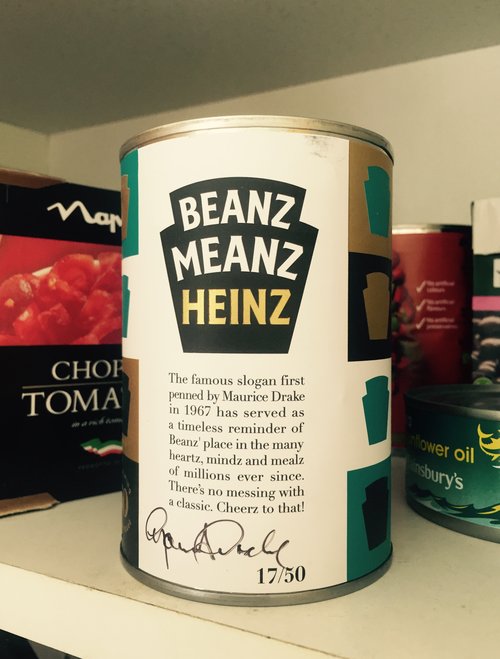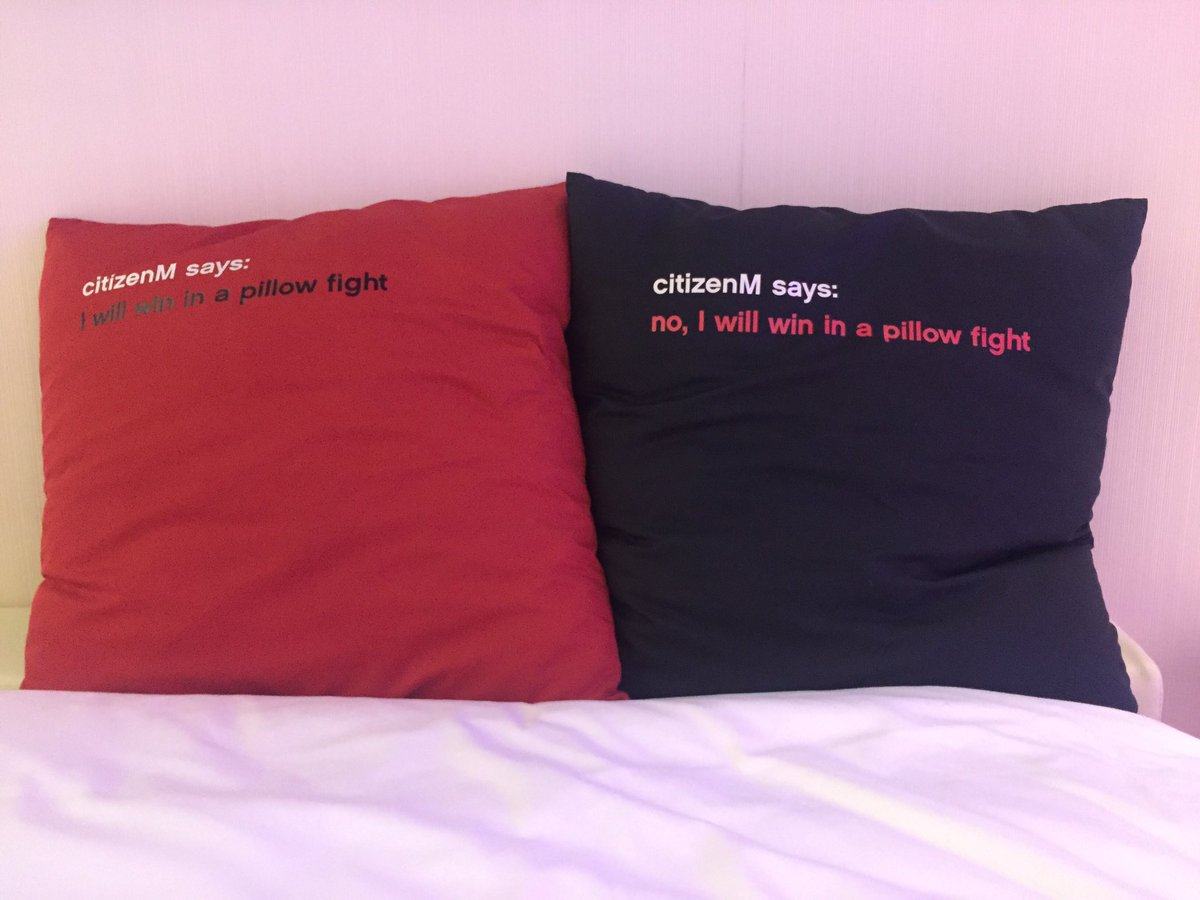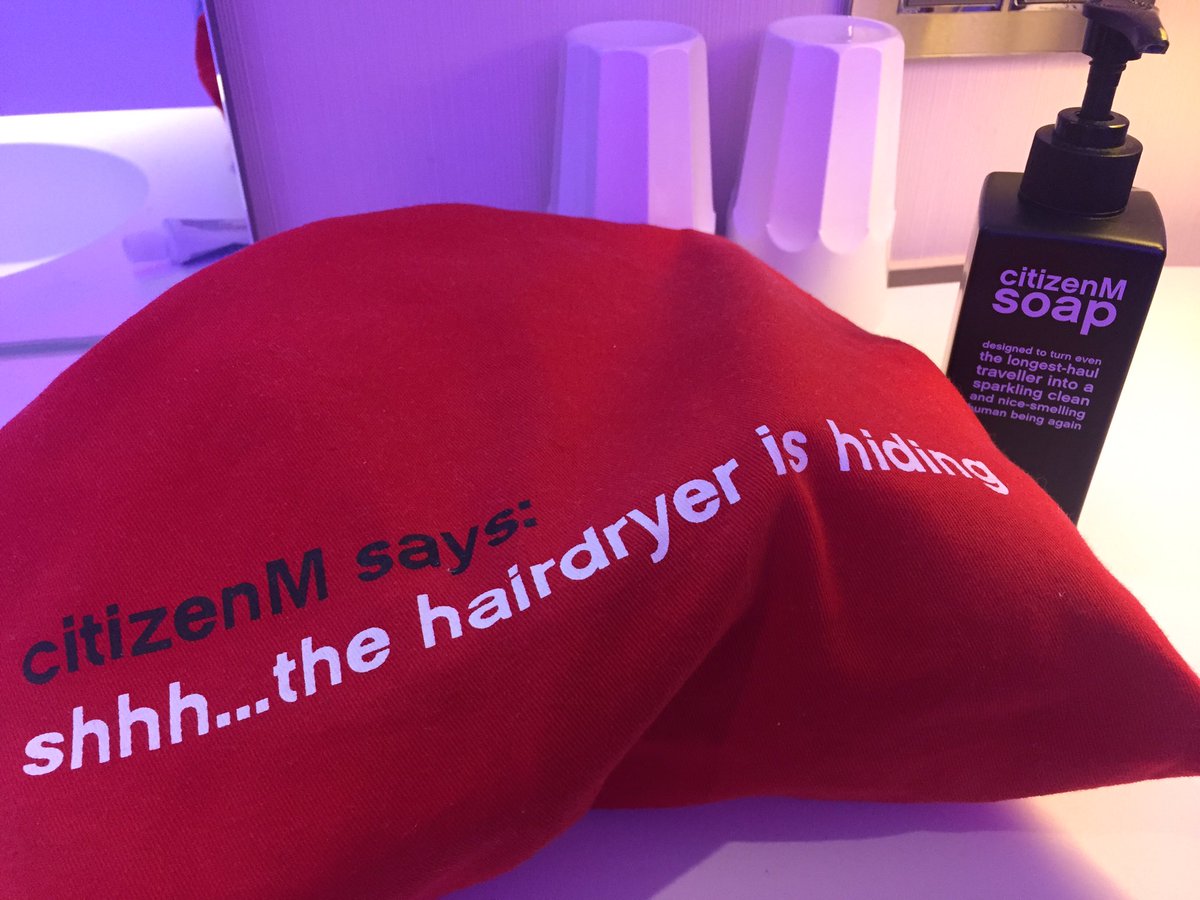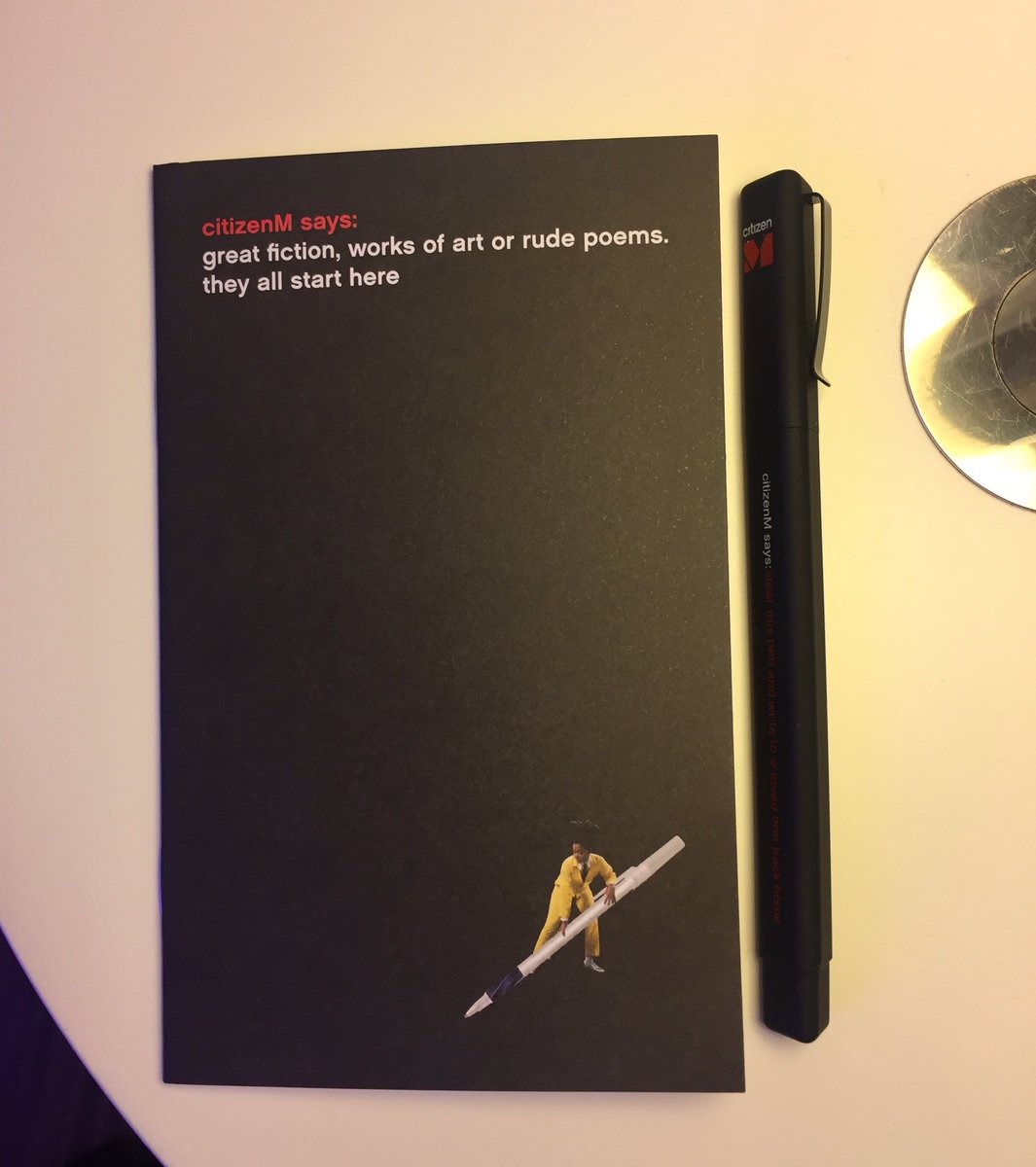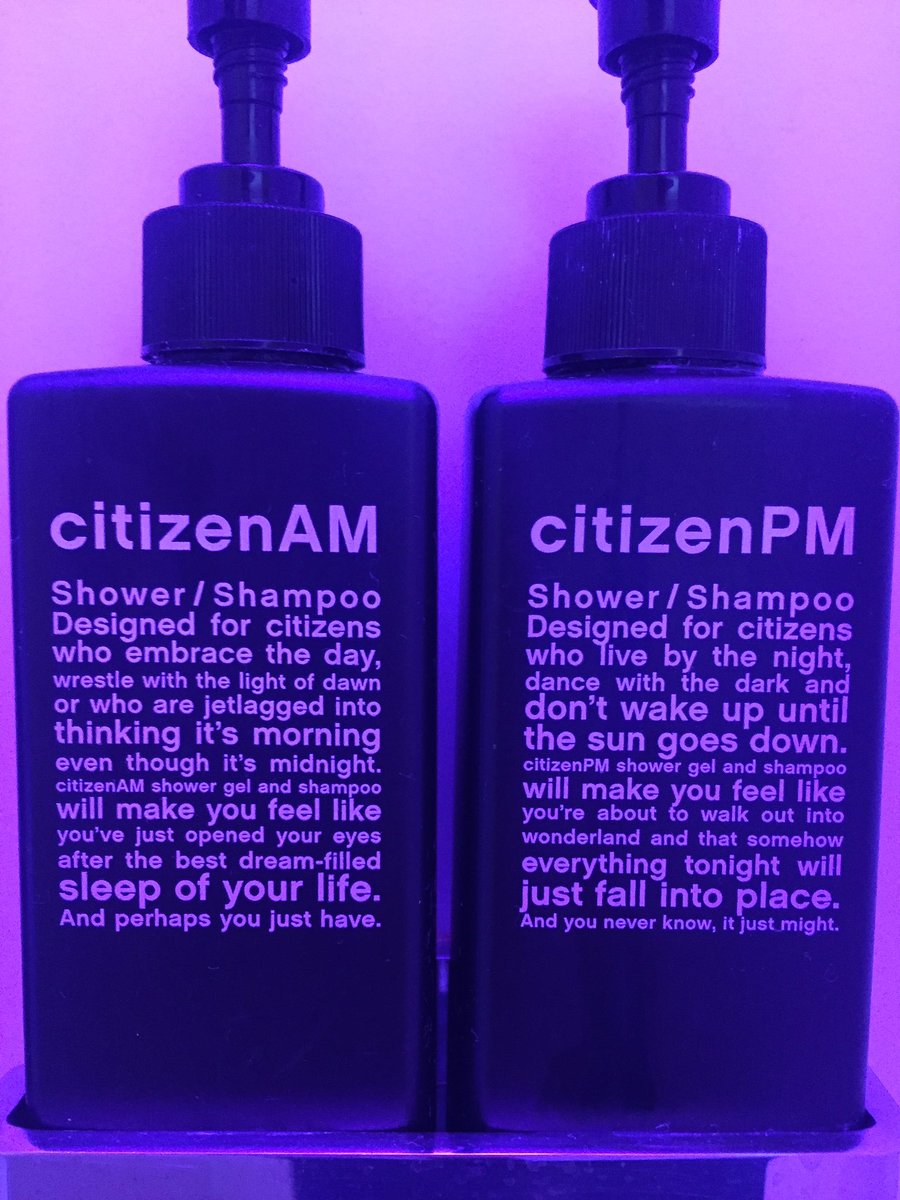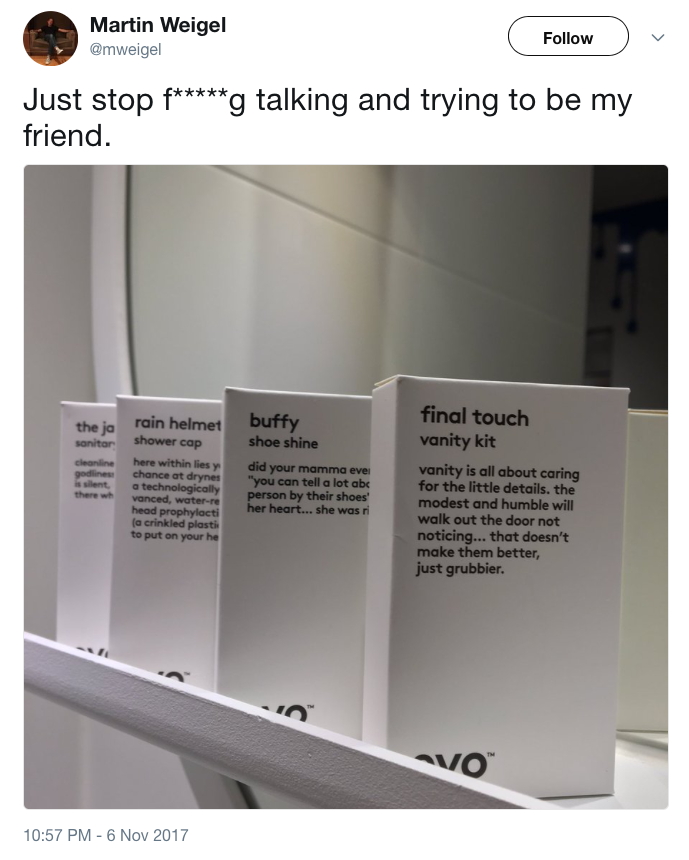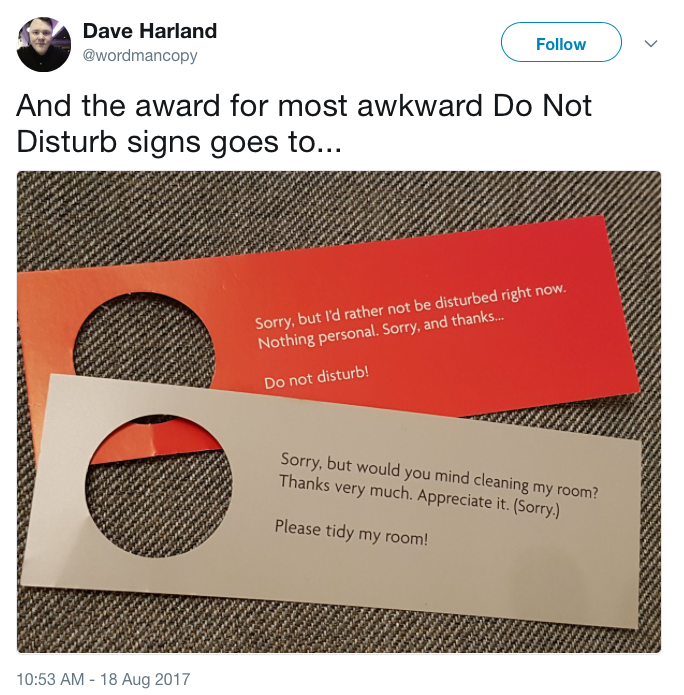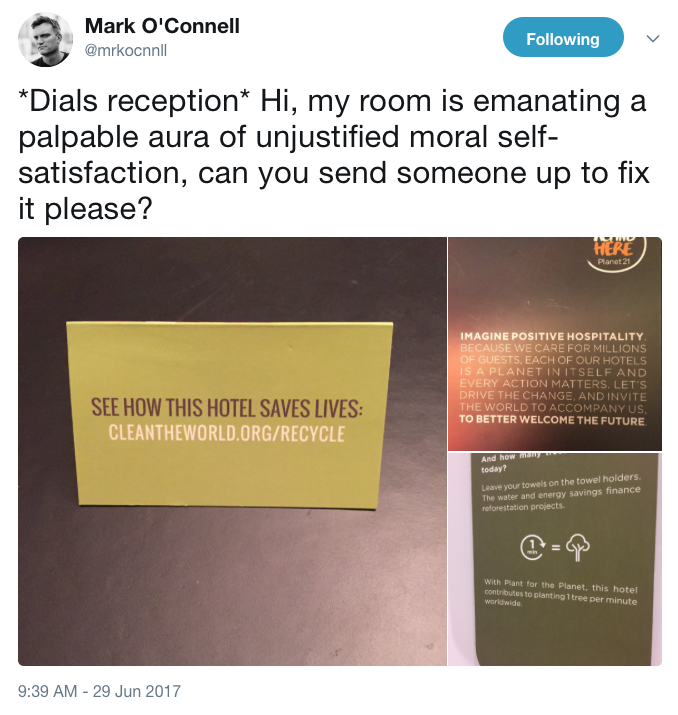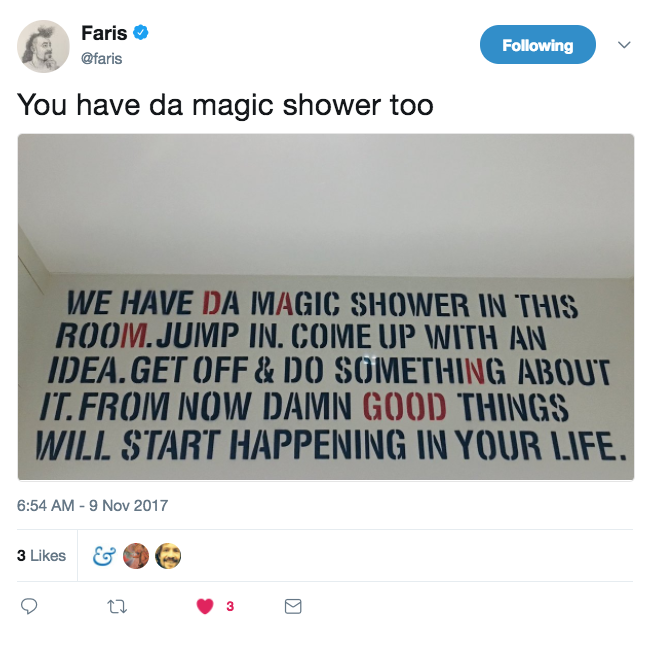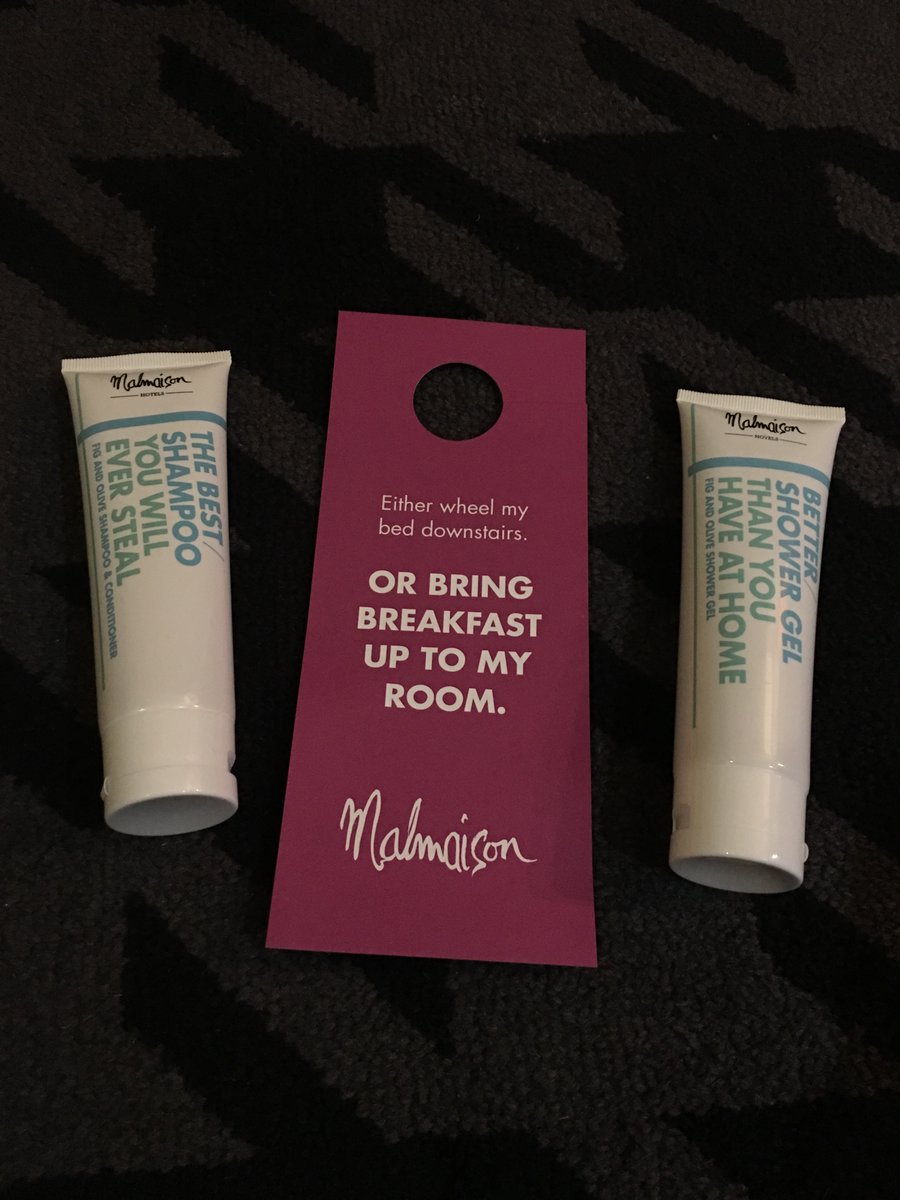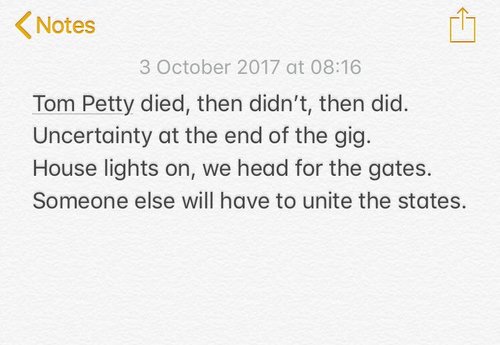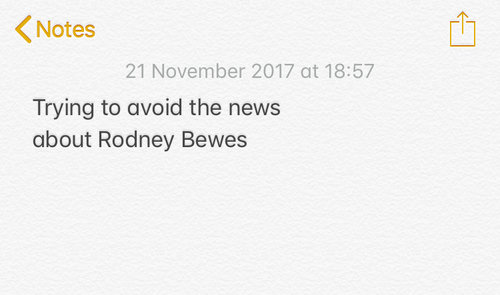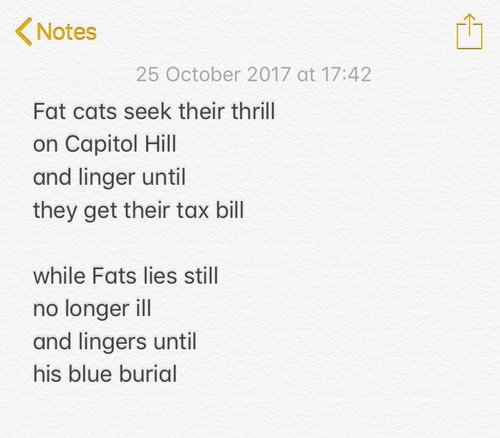It’s never struck me as a particularly effective message, persuasion-wise. Partly because it embodies the tone that all the Guardian’s critics hold against it. Earnest, slightly preachy, uncomfortable talking about money, very middle-class-guilt-trip-inducing.
Guardian critics would say that it’s therefore pitched perfectly for Guardian readers. And they might be right. Maybe a moral guilt trip is an excellent way to sell to Guardian readers. (Reports suggest readers have responded well enough.)
But I’m convinced they could do a lot better. It’s not just the tone of it – the messaging seems all wrong. Especially “We do it because we believe our perspective matters – because it might well be your perspective too.” It’s a neat enough turn of phrase, but it’s surely wrong for this age of bubbles and division. You shouldn’t be buying the Guardian because it parrots your ‘perspective’ back to you. And the Guardian is underselling itself in any case, because it doesn’t have one ‘perspective’ – it’s a platform for many perspectives. That’s one of its selling points.
Speaking of which, where are the selling points? The whole paragraph dwells on the Guardian and its future, but never connects it to the reader and what’s in it for them (apart from that unsatisfactory nod to echoing their perspective).
It’s frustrating because the Guardian at its best is full of wit, confidence and authority. And it’s an important cause – independent, investigative journalism is badly needed as a bulwark against the old enemy of Murdoch/Dacre and the new enemy of algorithm-driven fake news.
So given it’s a cause I believe in, I’m going to pitch some ideas to them. I wouldn’t normally do this and maybe it comes across as presumptuous, but it seems appropriate in this case. They’re not free ideas – there’s just no paywall. If they like them, they can pay me whatever seems fair.
First, here are some straight headlines, making the case concisely and with no excuse-me-sorry-about-this intro:
Investigative journalism
needs investment
To hold power to account
we count on you
No billionaire owner. No shareholders. No paywall.
There is no better model for fearless, independent journalism. But to keep delivering it, we need your support more than ever. (No pressure.)
Put those with a call to action, and you start to get a more confident, authoritative tone.
Or for a longer copy version:
You haven’t reached your article limit this month because there isn’t one. We plan to keep independent, investigative journalism free for everyone, regardless of income. So we’re not building a beautiful paywall, or even a renovated fence. But if you can afford a little to support us, you will be backing journalism that answers to no one except its readers. We know some powerful people would rather you didn’t do that. We’d love it if you did.
What else? Maybe this:
You don’t have to subscribe to our point of view
to subscribe to the Guardian
That’s a better message than ‘it might well be your perspective too’, isn’t it? It broadens the market and suggests that Guardian readers are independent thinkers.
You can also introduce a visual dimension. Use one of the many dramatic shots in the Guardian archive with this headline:
A thousand shots like this
for the price of a single espresso
That’s also an act of price anchoring – compare it to a coffee, something from the Guardian-reader world. And it’s selling a benefit to the reader, instead of appealing to guilt. Remind them what they’re getting for their money:
Your support means the world
and everything happening in it, every minute of every day
That’s a pretty good sell.
And remind them that it’s good value:
Good journalism matters more than ever
And actually costs less than ever
That’s true – if you give £15/month, it’s still less than it used to cost for a daily paper.
You can also try some caustic wit, and attack some agreed hate figures. Use a big picture of Trump/Dacre/Murdoch with:
He doesn’t want you to support us
but please do it anyway
or:
Without your support, journalism becomes a race to the bottom
Specifically, Murdoch’s bottom.
And then up it.
or maybe a picture of Boris Johnson with:
Leaders pay for their lies
when readers pay for our journalism
You can also tap into some of the people that Guardian readers like:
Please give Frankie Boyle a tenner
Or make a monthly gift to the grumpy git.
Or why not showcase some of the brilliant writing that goes on every day in the Guardian, e.g.:
Boris, a malevolent baked Alaska, is living out in public the great dramatic sweep of a life that asks what if a hero, instead of a single tragic flaw, had all of them. Frankie Boyle
Every month, we publish about 90,000 sentences. This is one of them. A contribution of £20/month works out at 0.02p for the above sentence. We believe this is good value.
For specific things like the Patron scheme, you could try some self-deprecation:
Patronise the Guardian (for a change)
Get more from the Guardian. And help shape its future. Become a Patron.
Finally, you could throw in a disclaimer:
Please don’t support the Guardian
... if you can’t afford it. We aim to bring independent journalism and informed opinion to everyone, everywhere, regardless of income. But if you can afford the price of an extra coffee or two every month without it being a stretch, then your support makes all the difference.
Maybe that’s a paternalistic, Guardian-y sentiment, but it’s an important one, and in terms of persuasion I suspect that *not* asking for money is a good way to get it. (Another thing that rankles about the existing ad is that phrase ‘a small favour’ – it’s not that small a favour for the just-about-managings.)
Anyway, those are some ideas. I genuinely support the Guardian’s business model and what’s at stake is more than just the Guardian itself – it’s the whole balance of the fragile news ecosystem online. We could be looking at a future of paywalled bubbles versus algorithm-friendly free news.
But it all depends on demonstrating the model can work – and it’s a tough persuasion challenge to get people to give money they don’t need to give. I think the Guardian could blaze a trail with this, but they have to come across as the smart, cool people – not the earnest vicar awkwardly shaking a collection tin.
Now I just need to get them to read this.
Postamble: This post is a slight follow-up to a previous post about the New York Times ad campaign, which you can read here if you’re interested.

